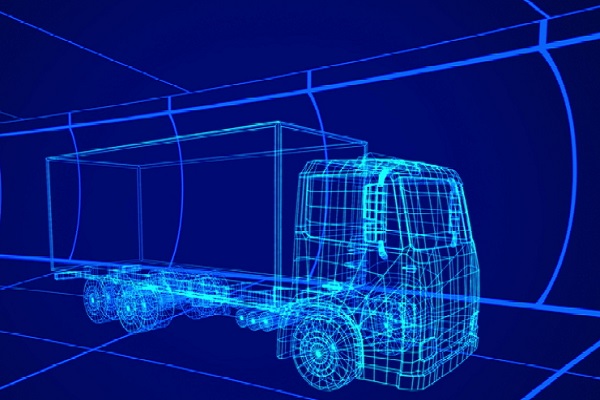How AI Can Help Keep Vehicle Repair Costs in Check

By: Sumit Chauhan
More insurers and agents are leveraging artificial intelligence (AI), data analytics and connected vehicle technology today. One area in particular that benefits from advanced data inputs and analytics is vehicle maintenance and servicing.
Access to the right data can make a significant difference in helping insurers and agents stay on top of maintaining the vehicles in their portfolios. The right data can be used to properly maintain vehicles while also helping clients control the cost of repairs—a major factor in keeping rising insurance premiums in check.
Predictive vehicle maintenance is a method that uses data-driven insights and machine learning algorithms to predict equipment or vehicle failure. Connected vehicle software and embedded telematics collect the necessary vehicle data. By gaining vehicle insights and analyzing them in a timely manner, AI can maximize operational outpoint.
How Tech Advancements Enable Connected Vehicle Data
Real-time data accelerates analysis to identify factors influencing the business and assist in developing growth strategies. It allows agents and fleet service providers to automate mundane tasks, such as monitoring assets, managing maintenance and warranty, scheduling service appointments and more.
Today’s AI and data-intensive analytics require large amounts of data processing capabilities. To increase efficiency and mitigate latency issues, critical data is processed within the vehicle—called “edge computing”—and only shares event-related information to the cloud.
Edge computing is “a distributed computing framework that brings enterprise applications closer to data sources such as IoT devices or local edge servers,” according to IBM. “This proximity to data at its source can deliver strong business benefits, including faster insights, improved response times and better bandwidth availability.”
In-vehicle edge computing has become critical to ensure that connected vehicles can function at scale, providing a quicker turnaround and drastically improving the system’s performance.
Leveraging cloud-based platforms for event-related data offers a wide range of applications. The most obvious use case is for aftermarket vehicle maintenance, where effective algorithms can analyze the health of the vehicle in near real-time to prevent impending damage to the engine, oil, battery and tires. Crucially, access to effective connected vehicle data grows more important as vehicles continue to age.
Choosing a Fleet Maintenance Software Platform
Predictive fleet maintenance software is a valuable tool for clients with commercial auto fleets, enabling them to manage repairs and control costs. However, fleet managers have many considerations to keep in mind when choosing a platform.
Ideal providers offer preventive maintenance schedules and alerts. The software sends periodic notifications and alerts to perform maintenance activities. It uses pre-set monitoring metrics and service records to send automated maintenance alerts and schedules.
Providers should also easily identify vehicle needs and maintenance risks to detect critical situations and highlight areas that require immediate attention. This enables the capture of a range of performance data, analyzing driver behavior and checking the external surroundings to accurately store vehicle metrics and other variables, assisting in identifying risks.
The right platform and software should have an intuitive dashboard that organizes data through reports, visuals and summaries for clients to access and synchronize the information.
The more datasets AI collects, the better predictions it can make for vehicles. This means safer, more intuitive automated vehicles in the future with more accurate routes and better real-time vehicle diagnostics. It also means vehicles will be better maintained, which lowers the cost of repairs and keeps insurance premiums stable.
Sumit Chauhan is co-founder and chief operating officer of Cerebrum X, with more than 24 years of experience in automotive, internet of things (IoT), telecommunication and healthcare.










